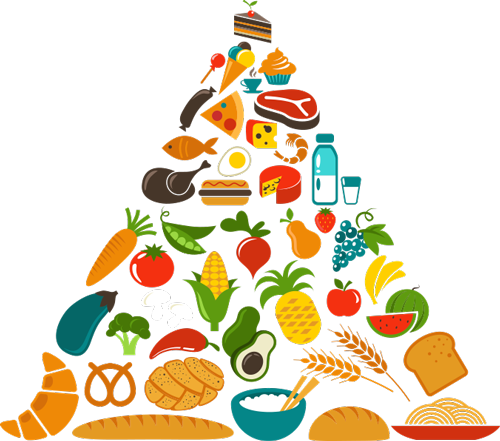DIET & NUTRITION (Including recipes)
Healthy Eating
Healthy eating is first about getting the correct amount of nutrients; carbohydrates, protein, fat, vitamins, and minerals that you need to maintain good health.
Healthy eating helps us to feel good, look our best, and stay at a healthy weight. Eating healthy foods can also reduce your cholesterol level and reduce your risk of heart disease and diabetes.
Good weight management is also about recognising what nutrients your body needs and taking control and responsibility on your over or under consumption of calories. It is not a “fad diet”, designed to encourage weight loss at a rapid rate. The best way to manage weight is to make choices that give slow and steady progress towards your goal and eventually your ideal weight.









